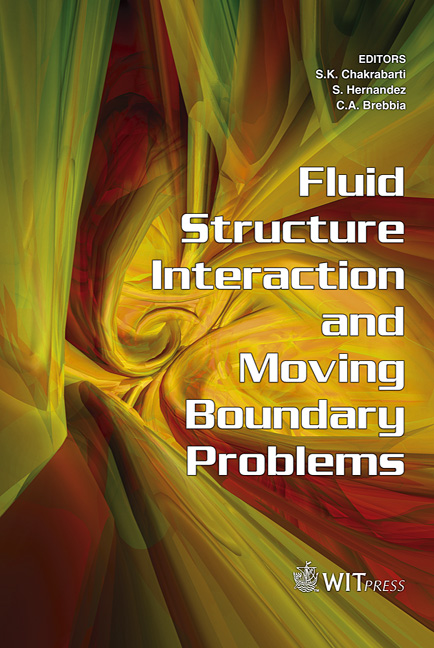Dynamic Response And Fluid Structure Interaction Of Submerged Floating Tunnels
Price
Free (open access)
Transaction
Volume
84
Pages
11
Published
2005
Size
1,110 kb
Paper DOI
10.2495/FSI050241
Copyright
WIT Press
Author(s)
S. Remseth, B. J. Leira, A. Rönnquist & G. Udahl
Abstract
Stochastic dynamic response analyses are applied to study the behaviour of submerged floating tunnels subjected to wave loading. The earthquake response of a submerged tunnel with a tether mooring is studied by finite element modelling of the bridge and surrounding fluid. The numerical examples with wave loading emphasize effects of wave direction and shortcrestedness. The focus is on the need for integrated versus simplified modelling in earthquake response analysis. Keywords: submerged floating tunnels, stochastic dynamic analysis, wave load modelling, wave directionality, time domain earthquake analysis, finite element modelling, dynamic fluid structure interaction. 1 Introduction The submerged floating tunnel in Fig 1 is proposed to cross a Norwegian fjord with a maximum depth of 150 meters and a crossing distance of 1500 meters. The position of the tunnel relative to the surface is in this concept defined by mooring with tethers to the bottom at four positions along the bridge. Alternatively the tunnel can be kept in position by a combination of mooring lines and pontoons or with pontoons only. The most feasible alternative will depend on the site conditions such as span length, water depth, bottom conditions, ship traffic, environmental loading (waves, current, earthquake) etc. A submerged floating tunnel can be an alternative crossing both to rock tunnels below the sea bottom and to long span bridges above the surface.
Keywords
submerged floating tunnels, stochastic dynamic analysis, wave load modelling, wave directionality, time domain earthquake analysis, finite element modelling, dynamic fluid structure interaction.





